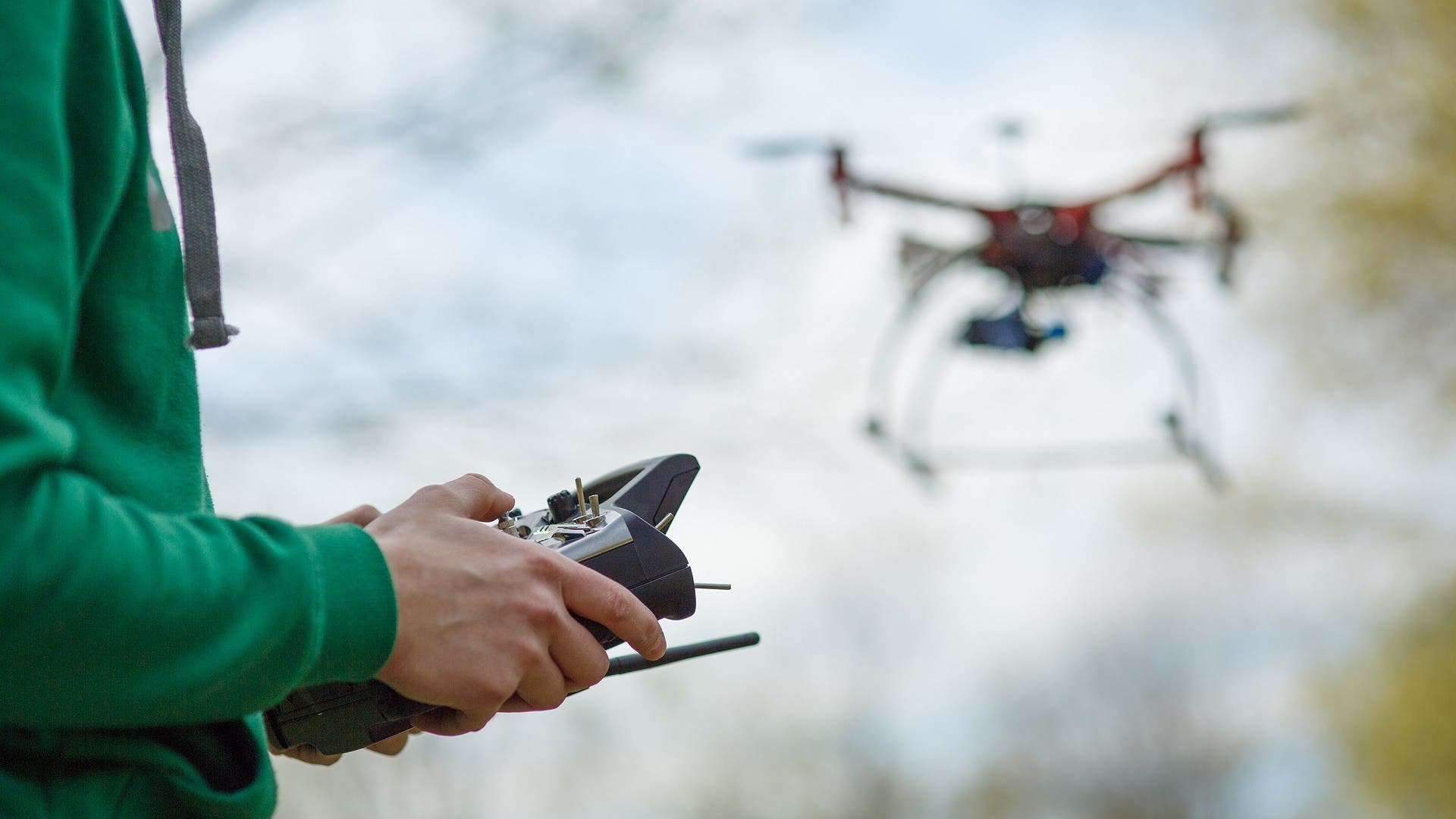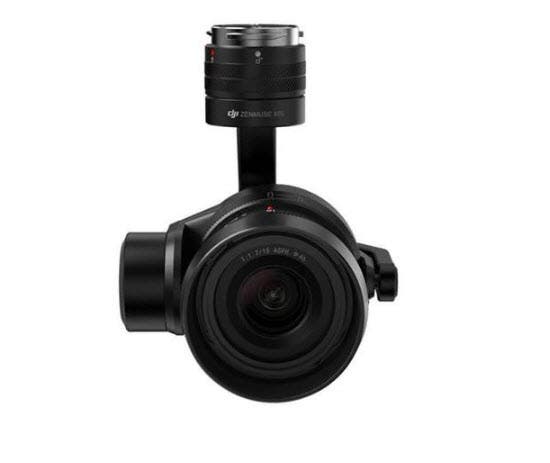A focus puller ensures the high-dollar camera is tack-on sharp. As the cameraman moves the camera, a series of technological marvels come into play to produce a smooth, steady professional scene. This happens on movie sets every day, but now all that happens on some drones, too.
Drones are part of our everyday lexicon. The word “drone” evokes a range of emotions and for this article, that emotion will be glee! Aside from the aviation world of World War II, no industry has advanced technology faster than drones and more specifically, video from the air. Thanks to some hard work from the Federal Aviation Administration and numerous flight groups, section 333 and 107 now allow ordinary folks like you and me to make money flying drones and capturing breathtaking footage from the air…. but, video and photos are not limited to the professionals, there are hundreds of consumer drones that give you the bird’s eye view too.
I want to start with the higher end systems and work down from there. In November of 2016, DJI produced a short film and the entire movie was shot using the DJI Inspire 2.0. After watching it, I was impressed for several reasons. The camera on the DJI is far less expensive than the high-end Hollywood cameras normally used and that blows my mind. The DJI uses the Zenmuse X5S (an optional camera for this drone) which is priced at $1,899 and was after the DJI short film, the X5S was compared to the ARRI Alexa Mini, which is roughly a $38,000 camera and that in itself, shows you how far the drone world has come in just a few years. I am not saying one is better than the other, but when you are preparing a budget, those two very different numbers come into play.
Please, watch this film shot entirely on the Inspire 2.0:
Filmmakers need options and with the Inspire 1 and now the Inspire 2.0, they now have many. and they are all (no matter what you heard) budget minded. They need options when it comes to camera mounts, camera types, location accessibility as well as a myriad of things before deciding on a shot that will be produced. If I could get in a DeLorean and go back just 10 years and tell Hollywood that I can get them amazing footage from the air, from 1 foot to 400 feet, I can chase a car, follow a cat through a window, fly in a cave and all the while keep the camera steady AND give a live video feed with the ability to repeat it autonomously…well, I would have been shown the exit. All that is now reality.
Those amazing shots I described are done with drones designed for a specific mission. Great shots are not limited to professional camera platforms. My neighbor’s kids are getting some great shots with drones available in the same online store at Adorama.com. If you are thinking about getting better family vacation videos or want a better vantage point for a house you are selling, you can do that with a very small budget. Drones with cameras actually start under $100 and will climb from there depending on many factors such as the size of the drone, what type of camera it can carry, how long it can fly, how smooth the footage is, what technology is built in to help make sure it takes off, flies and lands properly, sometimes with little to no human intervention.
What makes prices range so greatly? Features and quality such as build quality, GPS, failsafe technology, engine, camera, frame, mounts, gimbals, retracting landing gear, radios, screens, goggles and other items all come into play. A good beginner system is the Estes Proto X FPV Micro Quadcopter with HD Camera, Controller Included. This will let you try a drone that has a camera and you can get one for less than $200. It is pretty maneuverable for a small drone and a great way to start learning how to shoot video. The entry level systems rarely have image stabilization via a gimbal or electronic means, so you can expect a great deal of shaky footage, but as you get better, the footage will improve too. If you feel you have outgrown this and want to move toward a more stable platform, consider a DJI Phantom Standard at $3990 and goes up to the DJI Phantom 4 Pro at $1,799. These drones are image stabilized and range from HD to 4k resolution and you can pan the camera up and down with the remote. (Radio) DJI has really defined what great video from the air should be, but you have options outside of DJI too. The Yuneec Typhoon H is also a great drone with six engines and comes with a radio and screen, so both the DJI and Yuneec are ready to make movies right out of the box.

DJI also has another addition to the family, this one is a completely different form factor from other DJI drones as it is compact and can be flown without the use of a radio if you choose – you can fly it with just your smart phone! The DJI Mavic Pro can collapse down to a small size (not much bigger than an iPhone) and be ready to fly in under a minute and it literally checks its surroundings while you fly. With the use of sensors (not just GPS), you can hover with no worry of drifting with the use of downward facing sensors, so you can travel with less gear and do more. The range of 7km is mind boggling and you would normally only find that kind of range in the larger drones. The few things to think about when you use this drone is the smaller motors can make dealing with wind a bit more challenging and landing in tall grass is tough because you don’t have longer landing legs like you find on the Phantoms, something to think about. Coming in a $999.00, this is a huge bang for the buck.
Once you have your drone: practice, practice, practice. Find a nice open field and as your piloting and general comfort with your drone improves, practice moving your drone around objects while keeping it in the camera frame and soon enough, you will be making some cool shots too. Please share your footage with us and don’t hesitate to ask questions. We will help guide you!












